Features of transplanting remontant raspberries
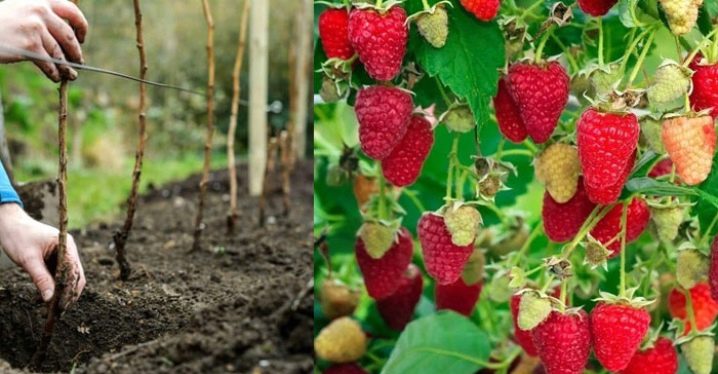
Recently, remontant varieties of raspberries have gained particular popularity. They have the main advantage that distinguishes them from ordinary varieties - constant fruiting from spring to autumn. However, over time, the amount of the crop may decrease, and the fruits may become less and less tasty. One solution to this problem is plant transplantation. All about how and when to carry it out correctly, as well as about other nuances of this topic, read the article.

The need for a procedure
Here are a few reasons why a remontant raspberry transplant is a must.
-
Raspberry, and even more remontant, has the property of "pulling" useful substances from the soil. As already mentioned, this immediately affects the quality of the crop - it becomes smaller, and also the berries become small and tasteless.
-
After long-term growth in one place, raspberries become less resistant to various infections, diseases, and also tolerates frost and temperature changes worse.
-
Raspberry is a bush that grows well and quickly over time.... These thickets can be ideal habitats for fungi, pathogenic bacteria and other pests.
-
Overgrown bushes look ugly... And also it is difficult to harvest from them. They become even more prickly.
-
Not all branches can bear fruit well. Transplanting stimulates the growth of new shoots that are capable of life and are the source of the crop.
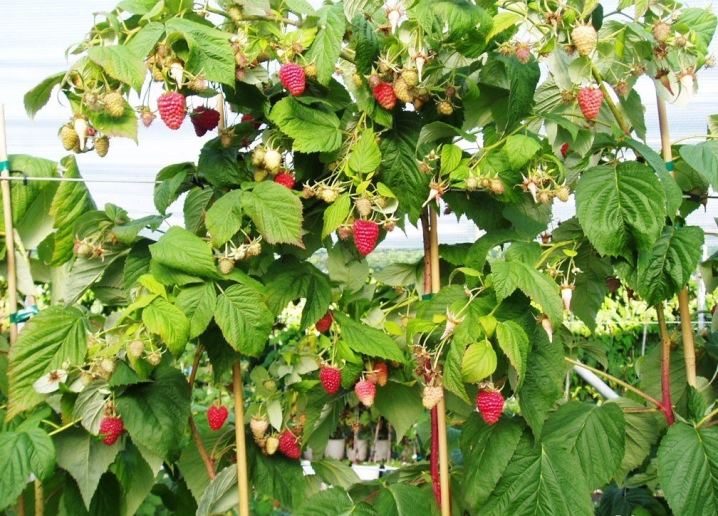
When is the best time to transplant?
The time when you can transplant raspberries to another place can be conditionally divided into two periods.
-
Spring transplant. If you transplant raspberries in the spring, then they will take root better. Since the warm season is ahead, the roots will have enough time to settle in a new place. The plant will expend energy to lengthen the roots, and not to survive in cold conditions.
-
Autumn transplant. In some regions, the transplant is carried out in the fall. This is due to the fact that they have time to harvest more crops in spring and summer. In the fall, a transfer to a new location is best done in September. This is necessary so that the plant has time to gain a foothold in a new place before the onset of cold weather.
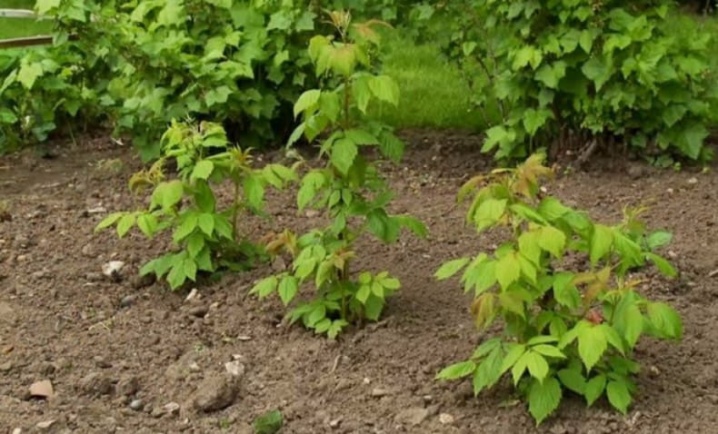
Summer transplant is also allowed, but this is done in exceptional cases. In summer, as a rule, the bush takes root poorly, and the scorching rays of the sun can simply "burn" it.
For a summer transplant, you need to pick up a cloudy, almost rainy day.
The timing of the transplant is highly dependent on the region. For example, in central Russia, raspberries are transplanted in the fall - in September or October. In particular, in the suburbs, this is done in September. The same applies to the Volga region. In the Urals and Siberia, raspberries are transplanted in late August or early September. This is in the presence of a relatively warm autumn. If the autumn turned out to be cold, then the transplant is postponed until spring. In the south of Russia, the transfer can be postponed until November.
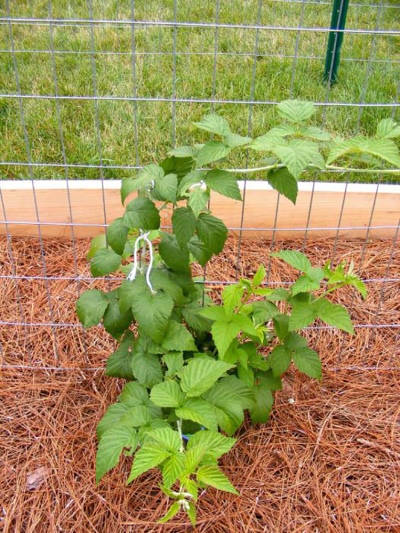
Technology
It is quite easy to plant raspberry bushes - it does not require special equipment or feeding. Nevertheless, the process has its own characteristics.
-
In order to properly transplant a raspberry bush, you must first cut it off.... It is necessary to remove all the leaves (if suddenly they are), and leave small hemp 40-50 cm long.
-
Next, you need to dig in the bush... The shovel should be positioned almost vertically. She will not actually dig out the plant, but cut off the roots. Further, the bush, together with an earthen lump, is lifted with a shovel.
-
The bush, along with an earthen lump, is transferred to a bag or damp cloth. It is best to wrap the bush with a damp cloth, and later place it in a bag and tie it tightly so that moisture does not evaporate.
-
Next, a hole is dug... It should be longer than the root and also able to accommodate the compost.
-
Compost or humus is poured into the pit, which is partially mixed with the ground in the pit. The compost can be replaced with manure. The latter must necessarily be rotted. Otherwise, it will burn the roots of the plant.
-
A bush is placed in the hole, and covered with earth.
-
The plant is watered with a small amount of water (about 5 liters). It is allowed to add "Kornevin" when watering. Can be replaced with any growth stimulant. Watering is needed so that the soil around the bush settles. If necessary, the earth is filled up again.
-
Sprinkles on the soil around the plant mulch (usually ash).
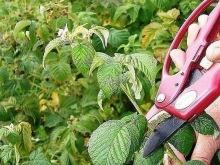
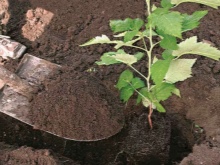
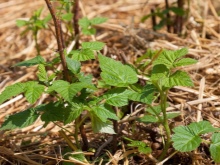
The first top dressing is applied in two weeks for healthy and entrenched bushes. For weaker bushes, it is applied only after a month. During the survival period, it is best to shelter the raspberry bushes from the sun. To do this, just stick a few pegs around the bush, and wrap any rags around the perimeter of the plant - you can fix it with clothespins.
It is not necessary to cover the plant from above, it will be enough to cover it on the sides, and also make sure that the rags are higher than the bush itself.
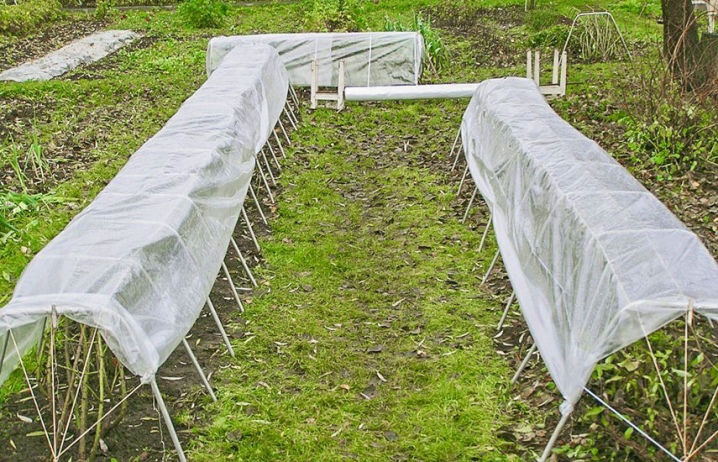
Useful Tips
As a rule, the raspberries growing on the site have a large root system. Young shoots can sprout up to one meter or more from the mother tree. Thus, the root system can spread over relatively long distances and can be easily damaged when digging. You need to dig carefully. And you also need to remember that the roots of raspberries are very thin, and they dry out quickly. When transferring a bush, it is imperative to moisten the bag or rag in which it is located.
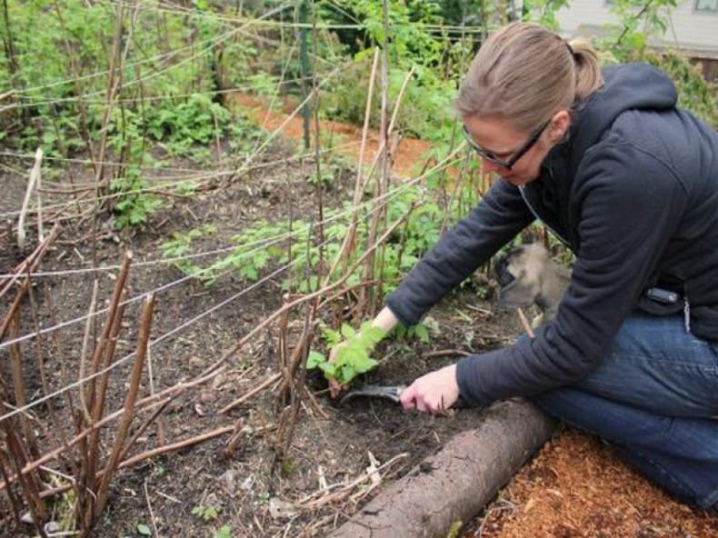
The secrets of a large harvest, as a rule, lie in a large number of dressings that were introduced into the soil in advance. It is with them that raspberries are able to show their full potential in terms of the quantity and quality of the crop. If you plant in the soil without top dressing, then the quality and quantity of the crop will be half as much.
Don't plant raspberries too deep in the ground. It will be difficult for the shoots to rise from great depths.
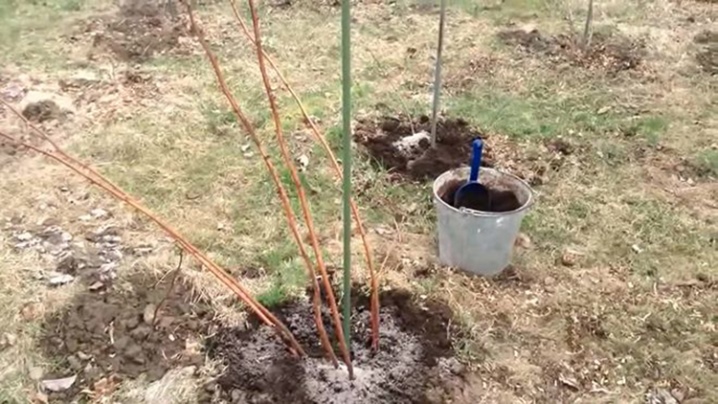











The comment was sent successfully.